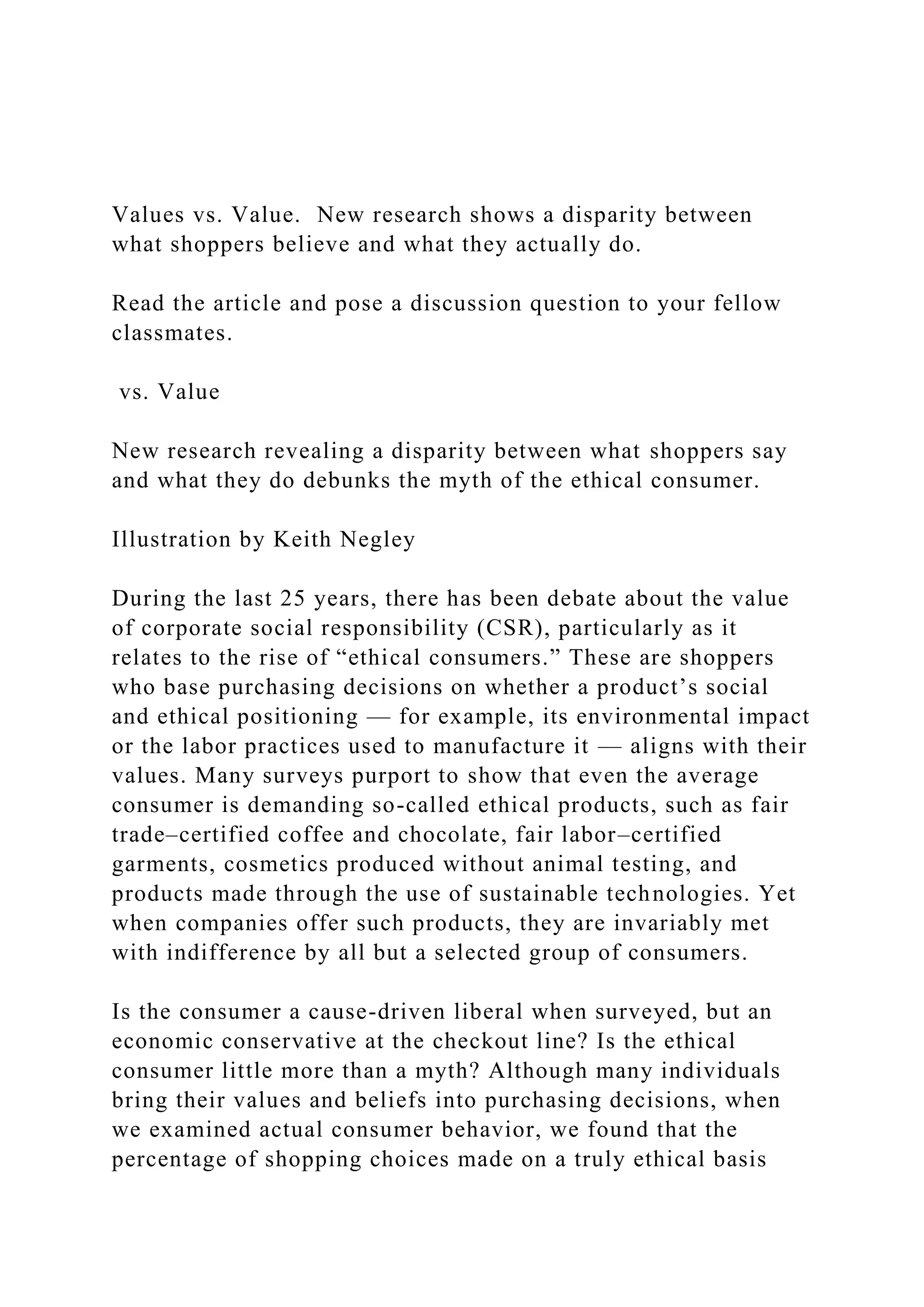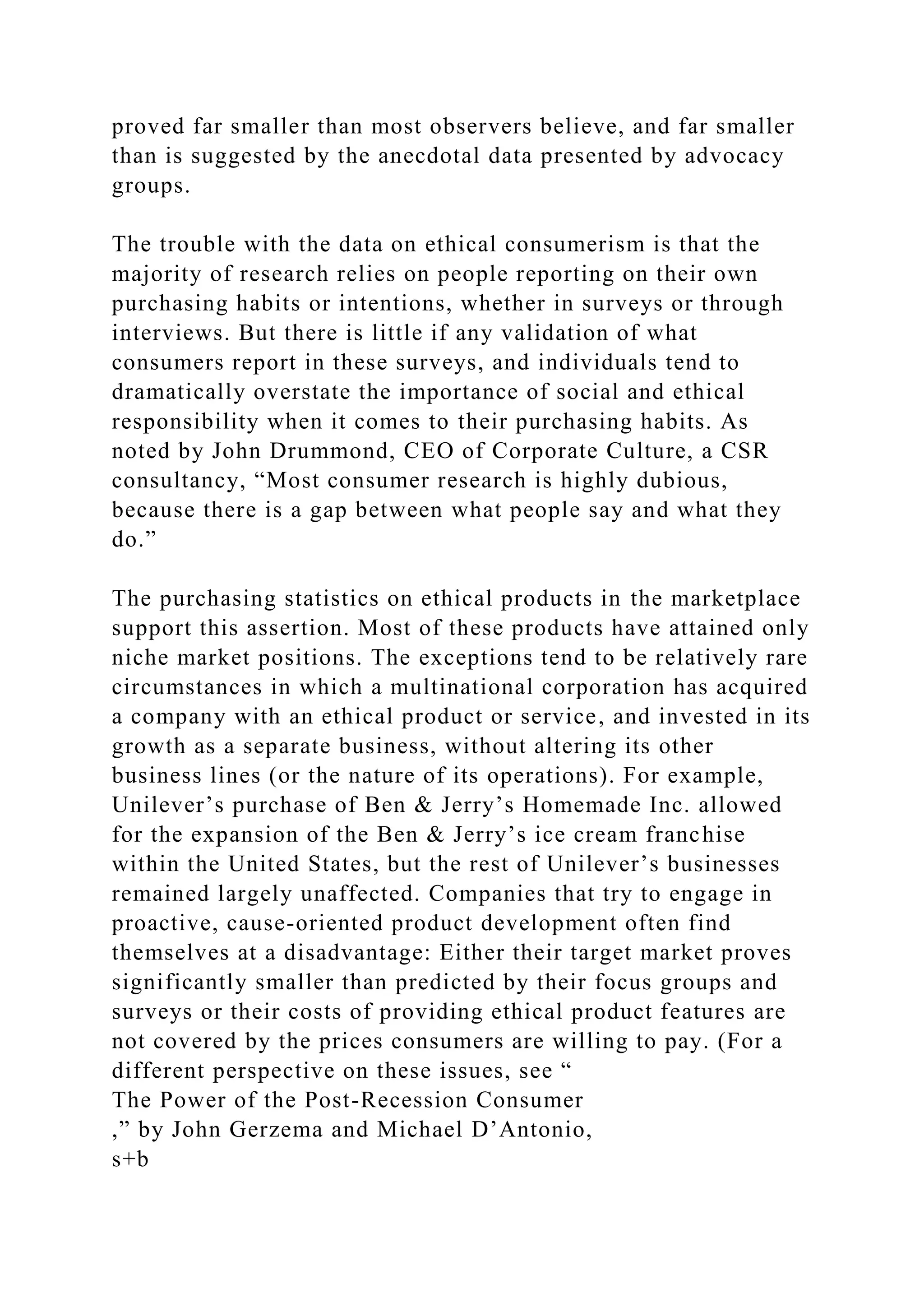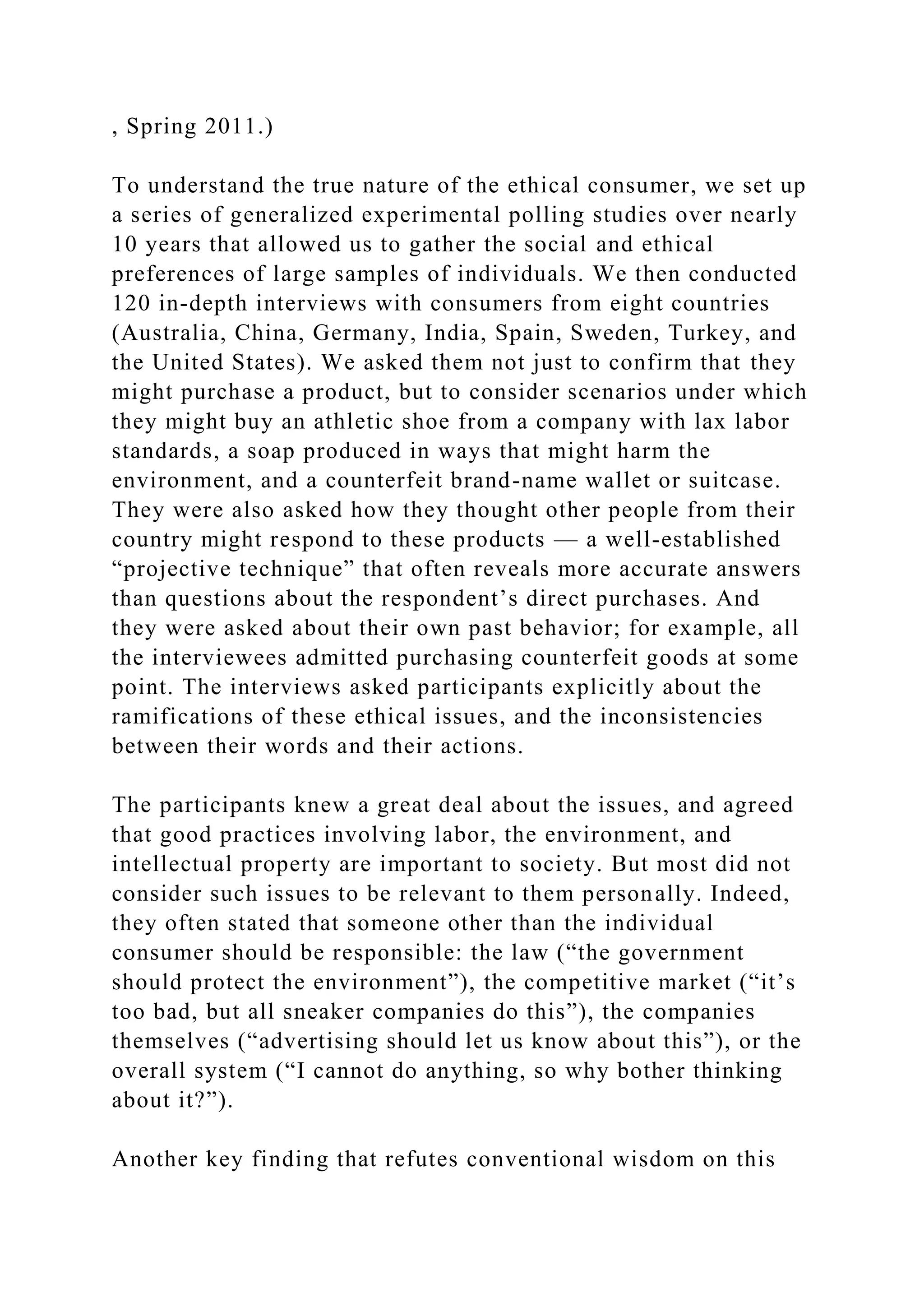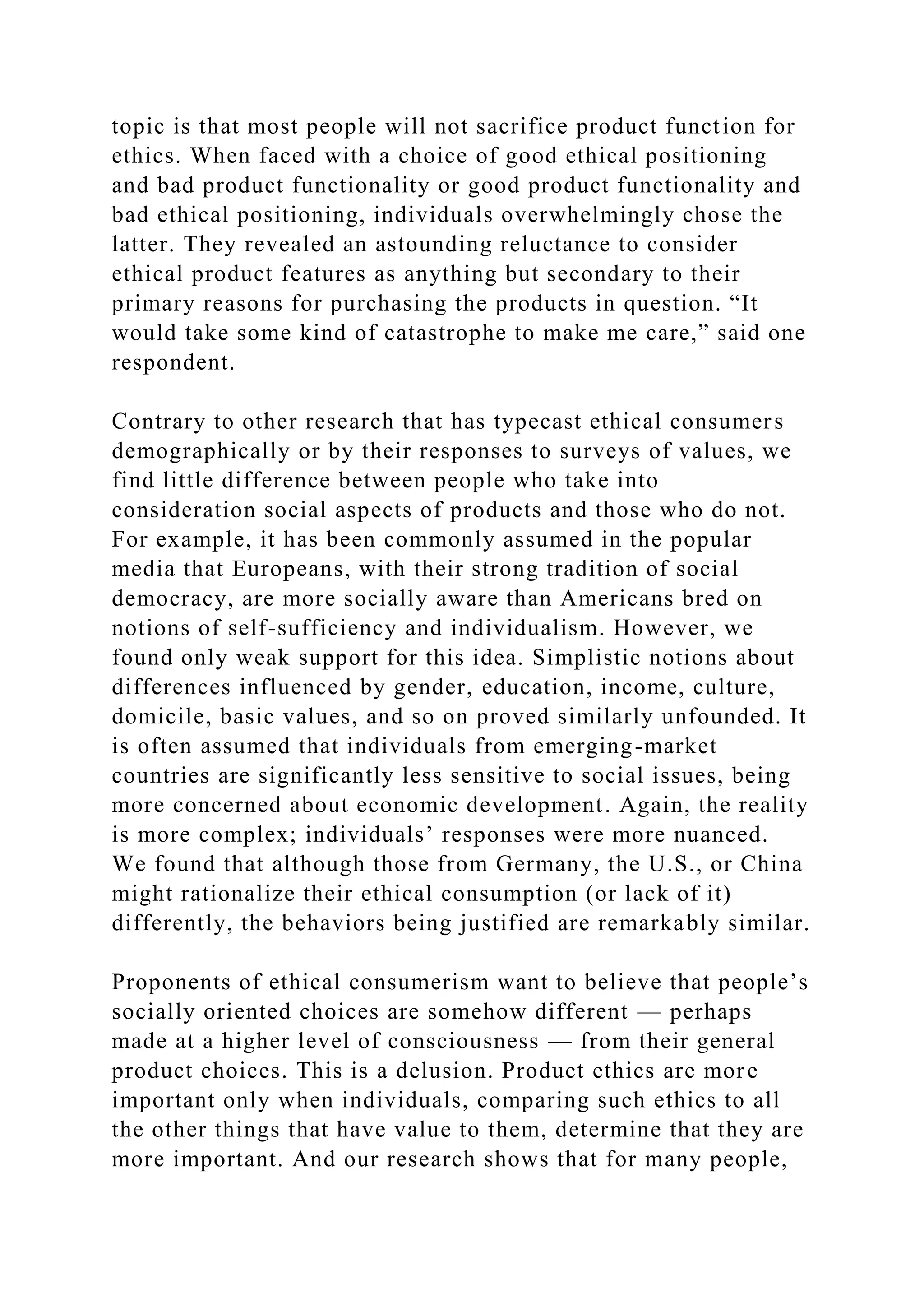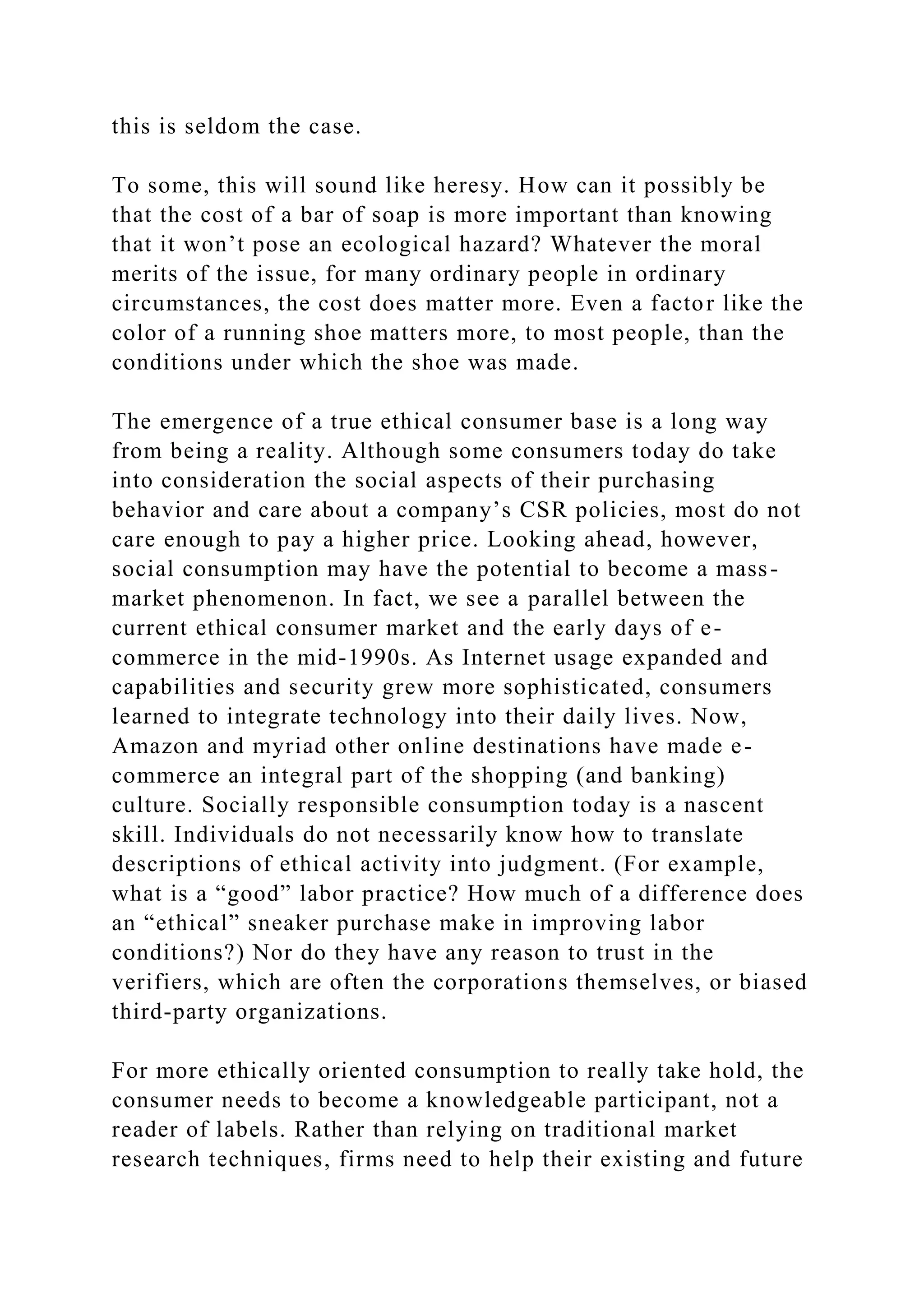New research reveals a significant gap between consumers' stated ethical beliefs and their actual purchasing behaviors, suggesting that the concept of the ethical consumer may be largely a myth. Despite professing support for socially responsible products, actual consumer choices often prioritize price and functionality over ethical considerations. The study highlights the need for corporations to provide clearer, more accessible information about the social and environmental benefits of their products to foster a genuine shift towards ethical consumption.
